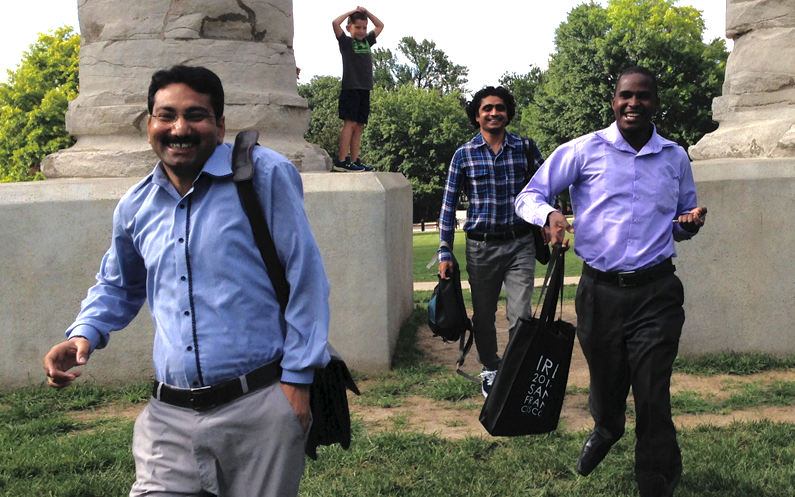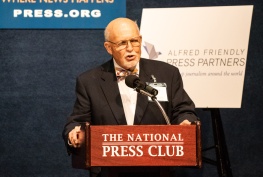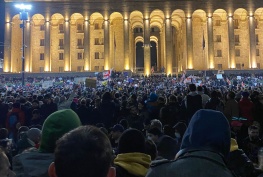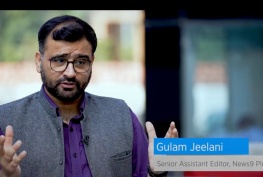Orientation and Initial Training, Missouri School of Journalism
More than a dozen faculty members and specialists participate in hands-on training, seminars and discussions at the Missouri School of Journalism. The activity takes place in computer labs, lecture halls, conference rooms, newsrooms and classrooms. The year the Fellows arrive March 16 and depart to host newsrooms on April 6.
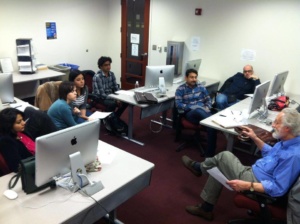
Fellowship program trainer Gary Weaver, who helped journalists from more than 80 different countries adapt to living and working in the United States, died peacefully on March 11 after a valiant fight with cancer. Above, Weaver speaks with former fellows in 2014.
WEEK 1
We start with a day-long session on Understanding American Culture and Character.
The Fellows spend the next four days in a basic journalism ‘boot camp.’ Topics include defining news, determining the audience, guidelines for using sources, accuracy, fact checking, verification, plagiarism and ethical case studies on ethical quandaries.
They attend two sessions of the journalism school’s main reporting class, another class on business reporting and one on fact-checking. Specialists teach them effective research and search techniques, including searching through social media and internet tools. They do reporting exercises where we apply lessons on reporting and writing, such as leads, transitions and conveying context and basic story structures.
WEEK 2
We have sessions spread over two afternoons on reporting on business and economics, which include lessons on analyzing budgets and covering entrepreneurship. There is a lecture and discussion about reporting on government and politics. We’ll talk to them about breaking news, and they’ll have a breaking news writing exercise.
Discussions of ethical practices are interspersed throughout the training.
Four days are spent on multimedia, beginning with lessons on how to how to use an SLR digital camera, followed by a critiqued photography assignment, and how to edit photos. The second day is spent on audio recording and combining photos and audio in news slideshows. The third day focuses on video — video sequencing, field reporting, editing, a work session and a critique session, and the fourth day is spent producing a short video story.
Television reporters and producers split from the print and digital reporters and editors for three days and receive training at KOMU-TV station in the following areas: Introduction to visual storytelling. lighting and sound, camera instruction, newscast producing and the American television business model. With hands-on mentoring in shooting and editing, the TV Fellows produce a news story that is published on the KOMU website.
The fifth day is spent on mobile reporting — how to use mobile tools for newsgathering and producing multimedia stories.
WEEK 3
Fellows participate in a dozen more sessions on topics that include: communication law, conflicts of interest, science reporting, reporting on issues related to food security and climate change, and reporting on religion and on trauma and conflict. There are lengthy sessions on using social media in reporting (using Twitter, Facebook, Instagram, Snapchat in Reporting). The final day includes is a session on data-driven reporting — the importance of mining public records and reporting with data. Fellows are taught how to file Sunshine requests using the Freedom of Information Act, and training fellows are taught how to use public information access laws in their countries and negotiating for public records.

Yan Naing learned how to use his iPad to shoot video, record audio and edit a multimedia story

